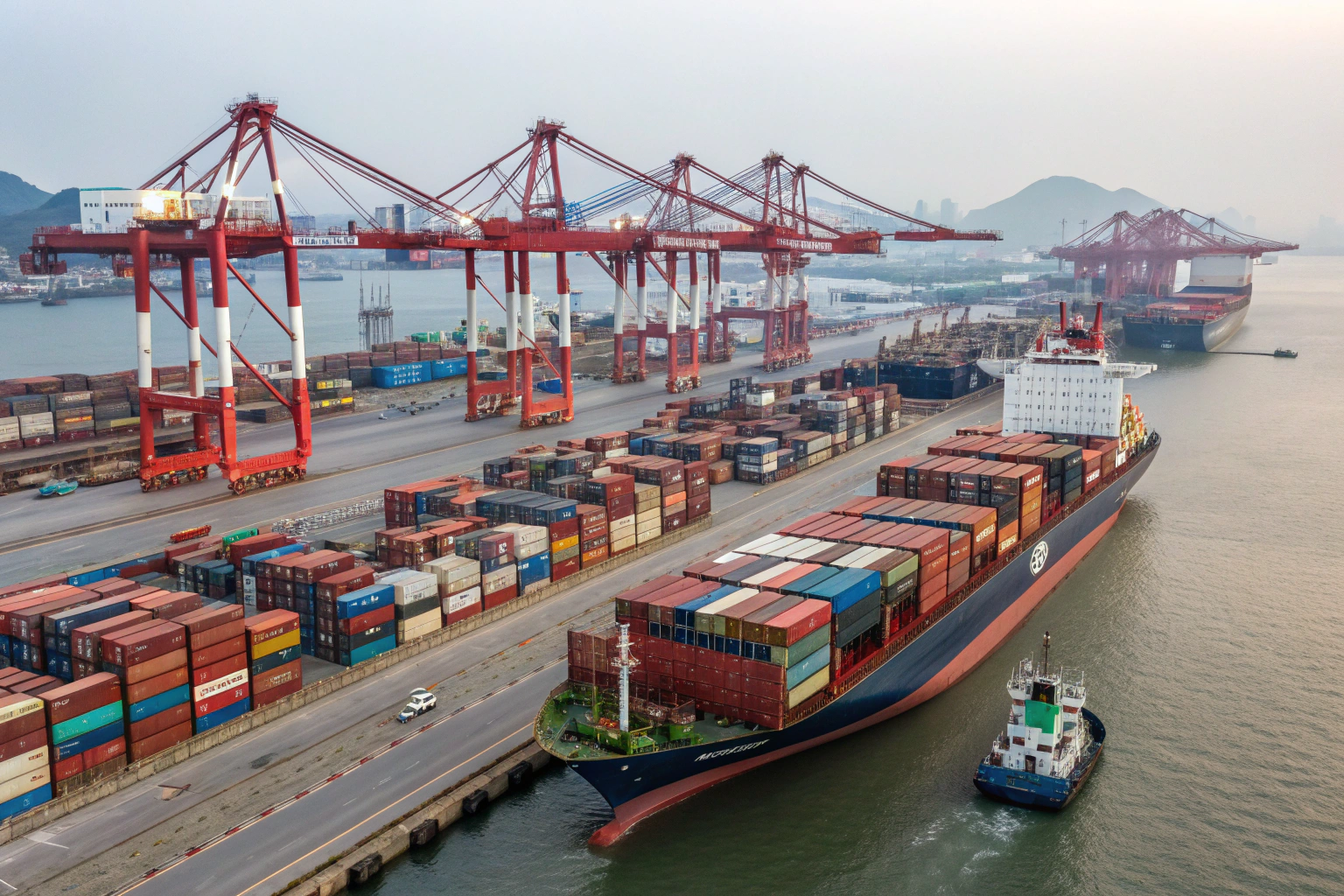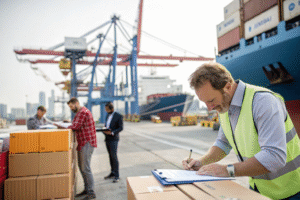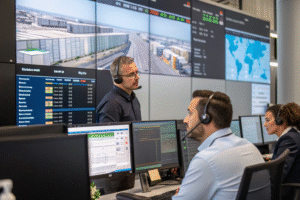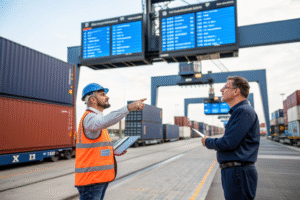Shipping goods by sea from China is essential for many businesses, yet the rising costs often come as a shock. For importers in the U.S. and Europe, higher freight rates directly affect profit margins and delivery schedules. Business owners often ask: why is ocean freight so expensive compared to just a few years ago?
The answer lies in a mix of global demand, port congestion, container shortages, fuel prices, and stricter regulations. Ocean freight rates are shaped by multiple factors beyond the control of shippers or freight forwarders.
I have worked for years in ocean freight across Asia, Europe, and North America. From that experience, I can explain the main reasons behind high shipping costs, and what steps you can take to control expenses.
How do global supply and demand affect shipping prices?
When demand for shipping rises, space on vessels becomes limited. During peak seasons, such as holidays or back-to-school periods, rates increase sharply.
Global demand and supply imbalance is one of the biggest reasons freight prices go up. When too many containers leave China and fewer return, shipping lines raise rates to manage limited space.
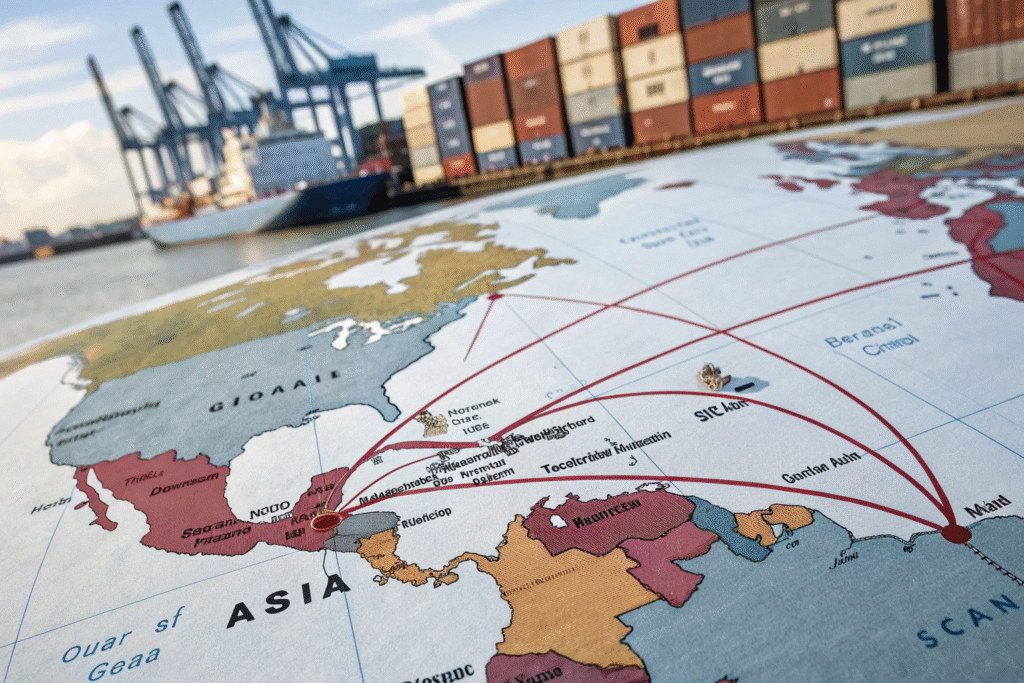
Why is there a container imbalance?
Most Chinese exports go to the U.S. and Europe, but fewer goods return. This creates empty container shortages in Chinese ports. According to UNCTAD, container imbalances have been a key driver of high costs since 2020.
How do peak seasons impact prices?
During holidays such as Christmas or Chinese New Year, cargo volume spikes. This increases competition for vessel space. Carriers adjust prices upward to match the higher demand. Sites like Drewry Shipping Index regularly report these seasonal freight rate fluctuations.
Why do fuel prices influence freight costs?
Fuel is one of the largest expenses for shipping lines. When oil prices rise, carriers pass on the extra cost to shippers through surcharges.
Bunker adjustment factors (BAF) are applied to cover fuel price changes. The higher the fuel, the more expensive ocean freight becomes.
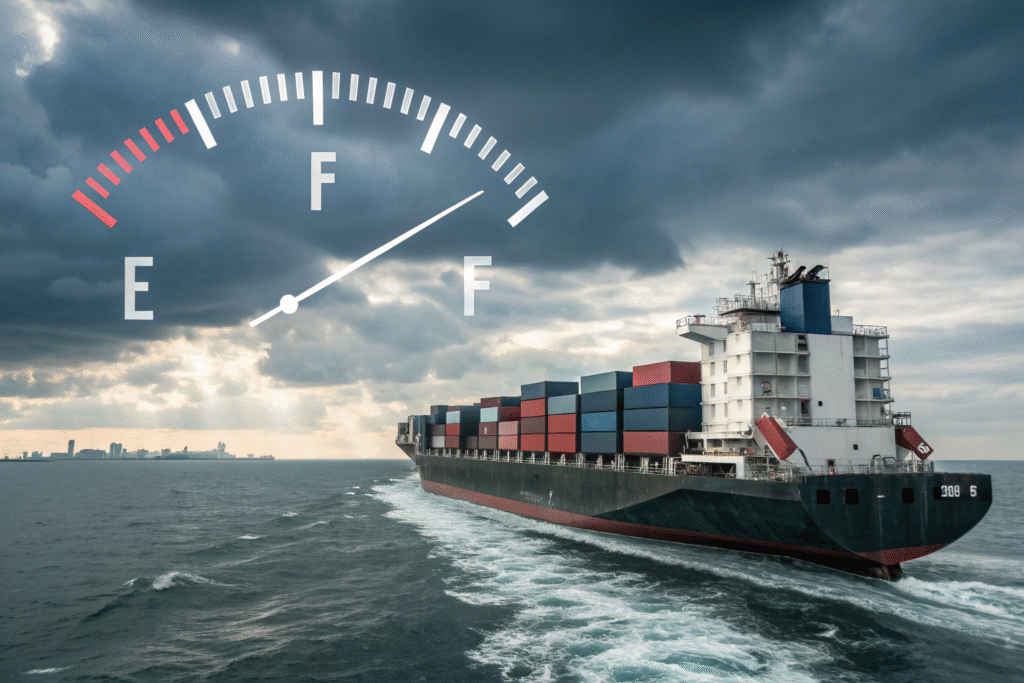
What is BAF in shipping?
BAF is a surcharge that reflects changes in fuel costs. If global oil prices rise, BAF increases. Major carriers like Maersk and CMA CGM publish these surcharges regularly, showing how they adjust freight rates.
How do environmental rules affect fuel costs?
New rules require carriers to use cleaner fuel with lower sulfur content. The International Maritime Organization’s IMO 2020 regulation increased costs, since low-sulfur fuel is more expensive. This added to the overall shipping rates.
How does port congestion raise freight rates?
Congestion at ports slows down shipping schedules. Ships often wait days or weeks before unloading. This creates delays and higher costs for carriers.
When ports are full, containers stay longer on vessels and in yards, reducing available space for new cargo. Carriers raise prices to balance this lost time and equipment.
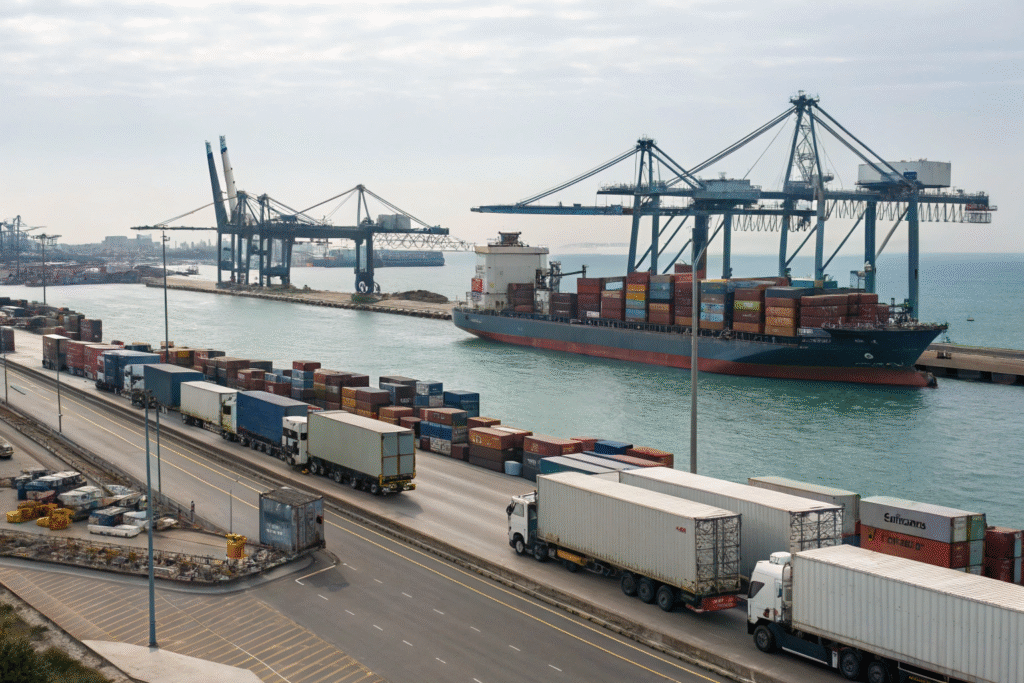
Why do U.S. and European ports face congestion?
Ports like Los Angeles, Long Beach, and Rotterdam handle massive cargo volumes. Limited space, labor shortages, and stricter inspections create bottlenecks. News sources such as Port of Los Angeles often report congestion levels that influence freight costs.
What role does trucking and warehousing play?
Delays are not only at sea. Shortages of truck drivers and warehouse space also slow down container movement inland. This extends turnaround time and forces shipping lines to charge more for holding cargo. Reliable data can be found through Journal of Commerce.
Why do regulations and surcharges make freight expensive?
Regulations and surcharges add extra layers to freight costs. Beyond fuel, carriers include security fees, peak season surcharges, and congestion fees.
Every added rule or charge increases the overall freight cost for importers. Forwarders must explain these clearly so clients understand the breakdown.
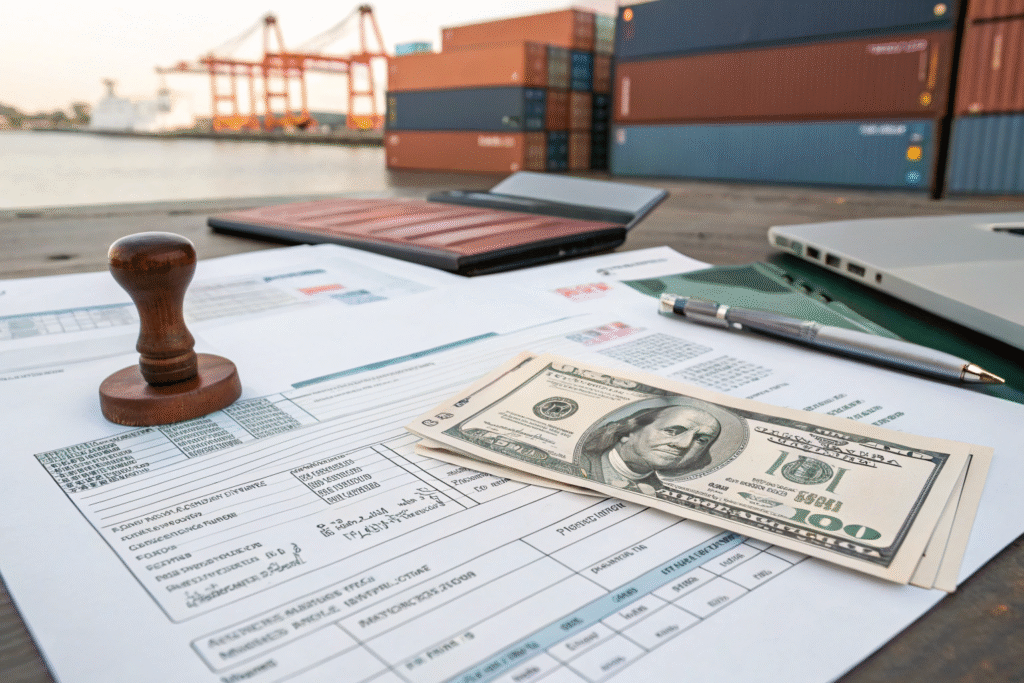
What common surcharges do shippers pay?
Importers often face terminal handling charges, security fees, and documentation costs. A list of surcharges is usually published by carriers such as Hapag-Lloyd. These add up quickly on top of the base freight rate.
How do trade regulations affect costs?
International trade rules often require more paperwork and inspections. Tariff changes, customs clearance fees, and safety regulations all push costs higher. Sites like World Trade Organization share updates that impact freight charges globally.
Conclusion
Ocean freight from China has become expensive due to many combined reasons: global demand, container shortages, high fuel costs, port congestion, and extra regulations. Importers cannot fully control these factors, but working with experienced freight forwarders helps reduce risks.
By planning shipments early, staying updated on surcharges, and choosing reliable partners, businesses can still manage costs and protect supply chains in this challenging shipping environment.
